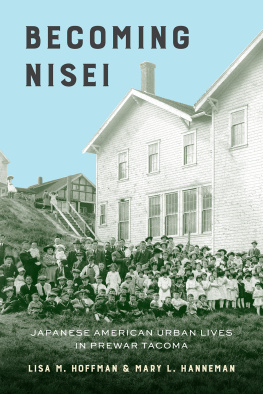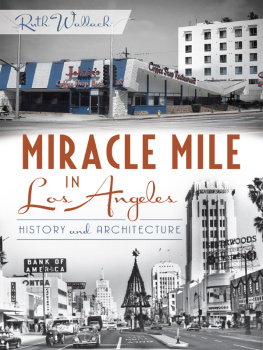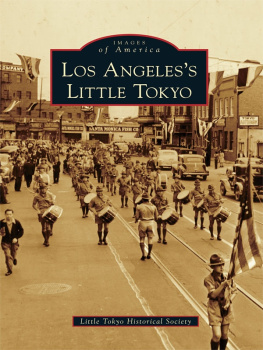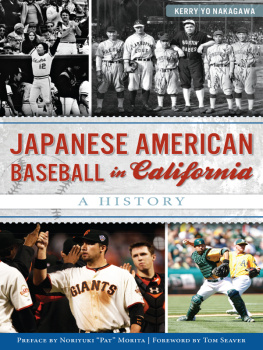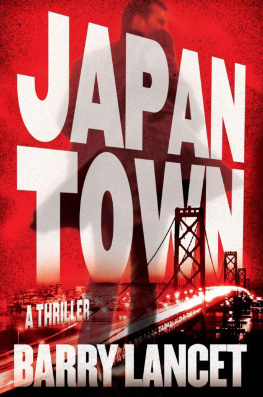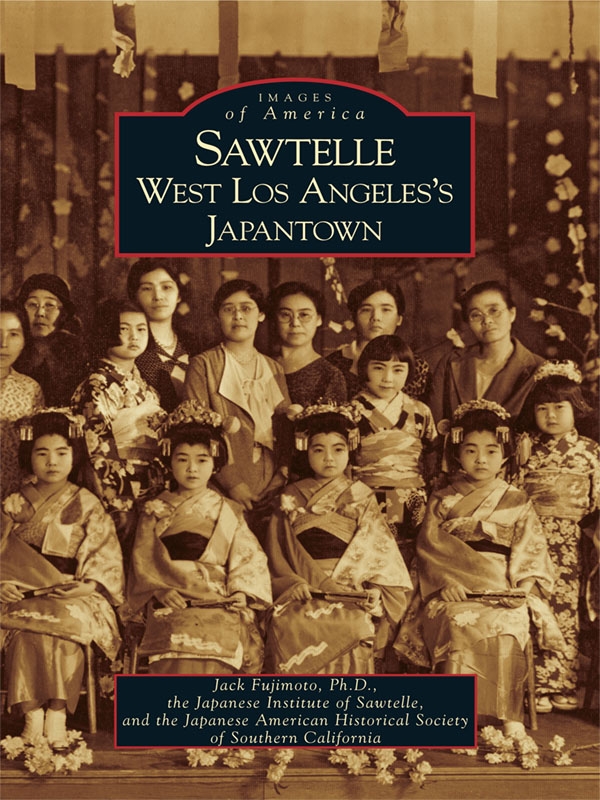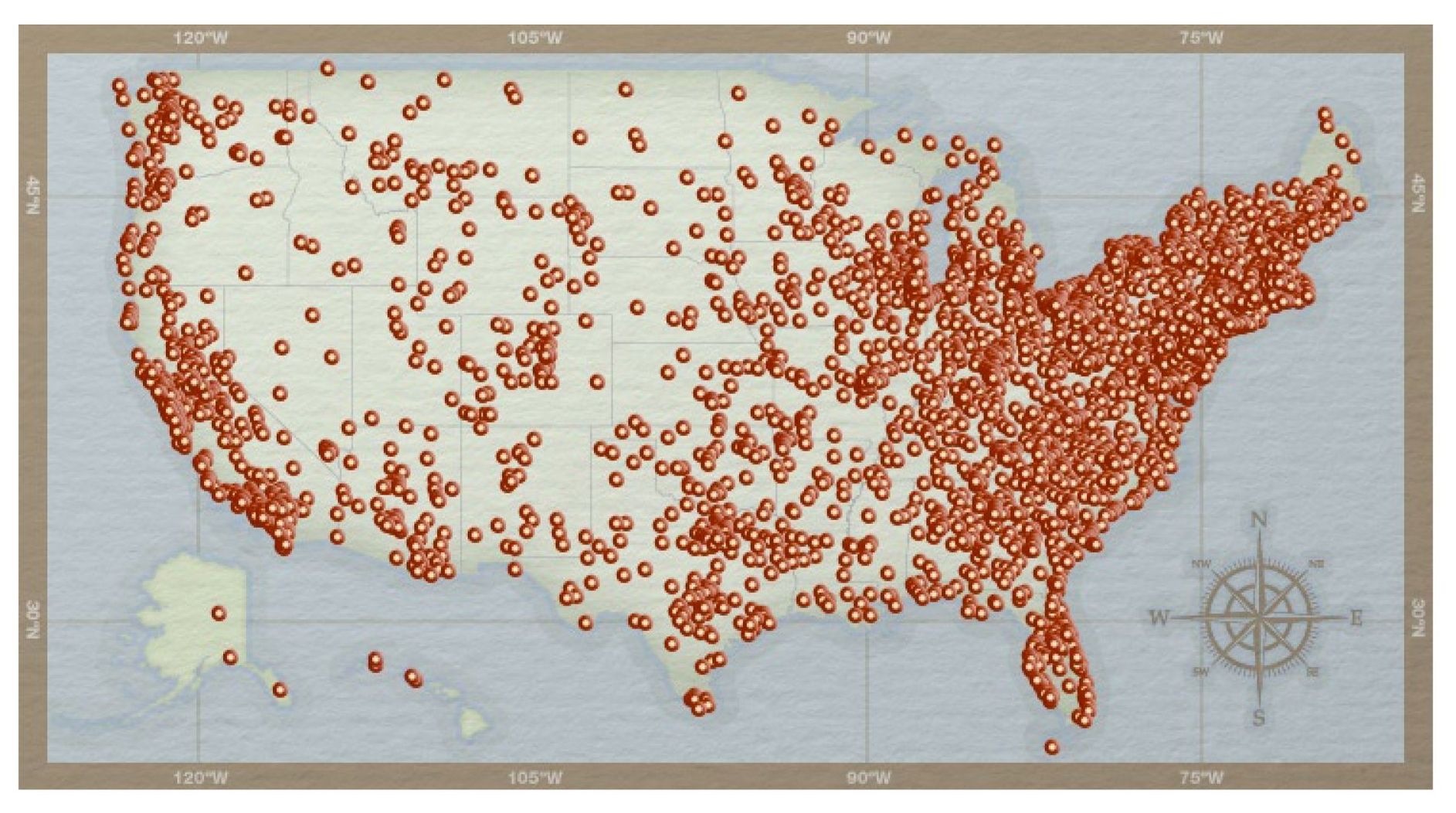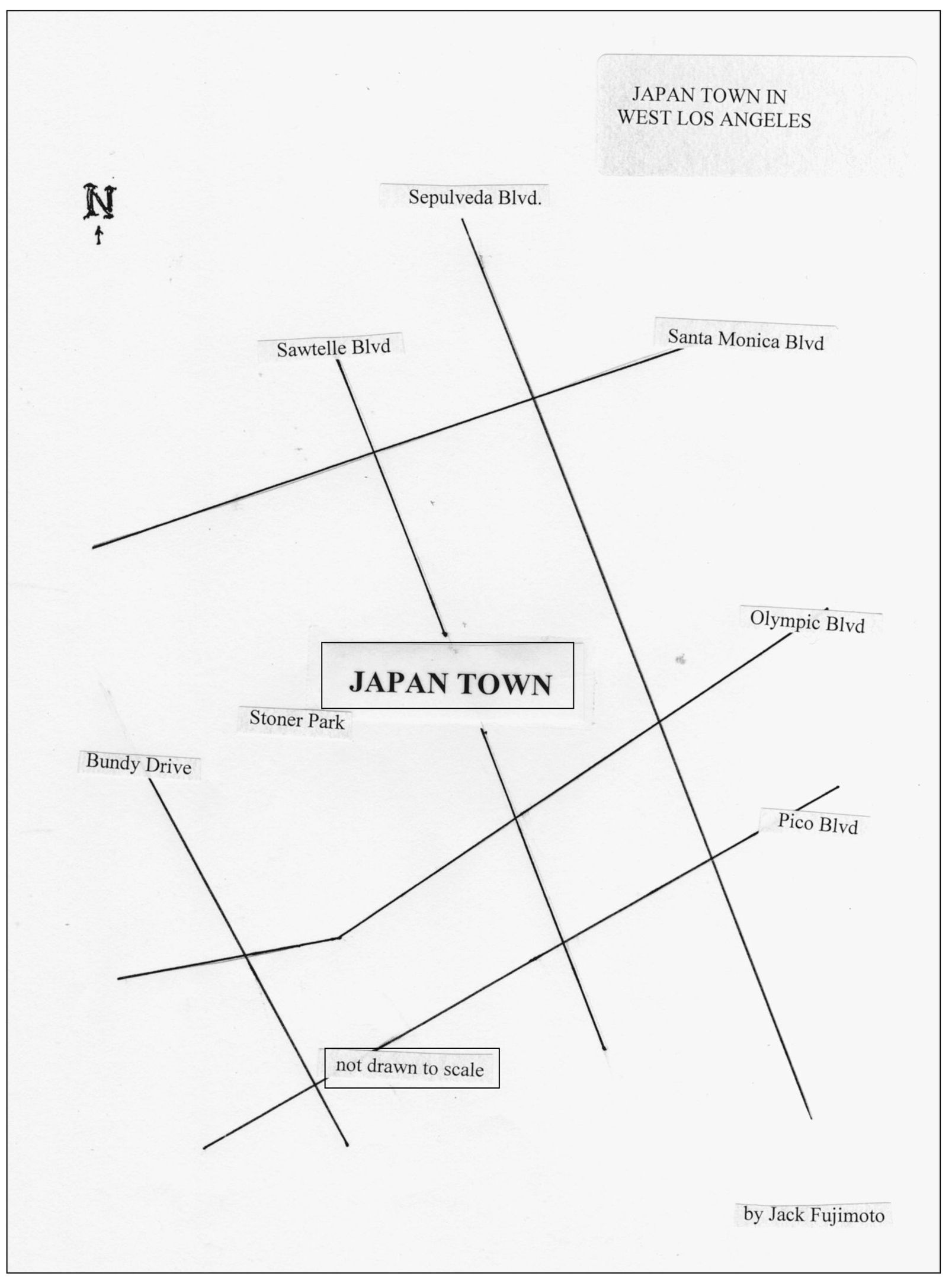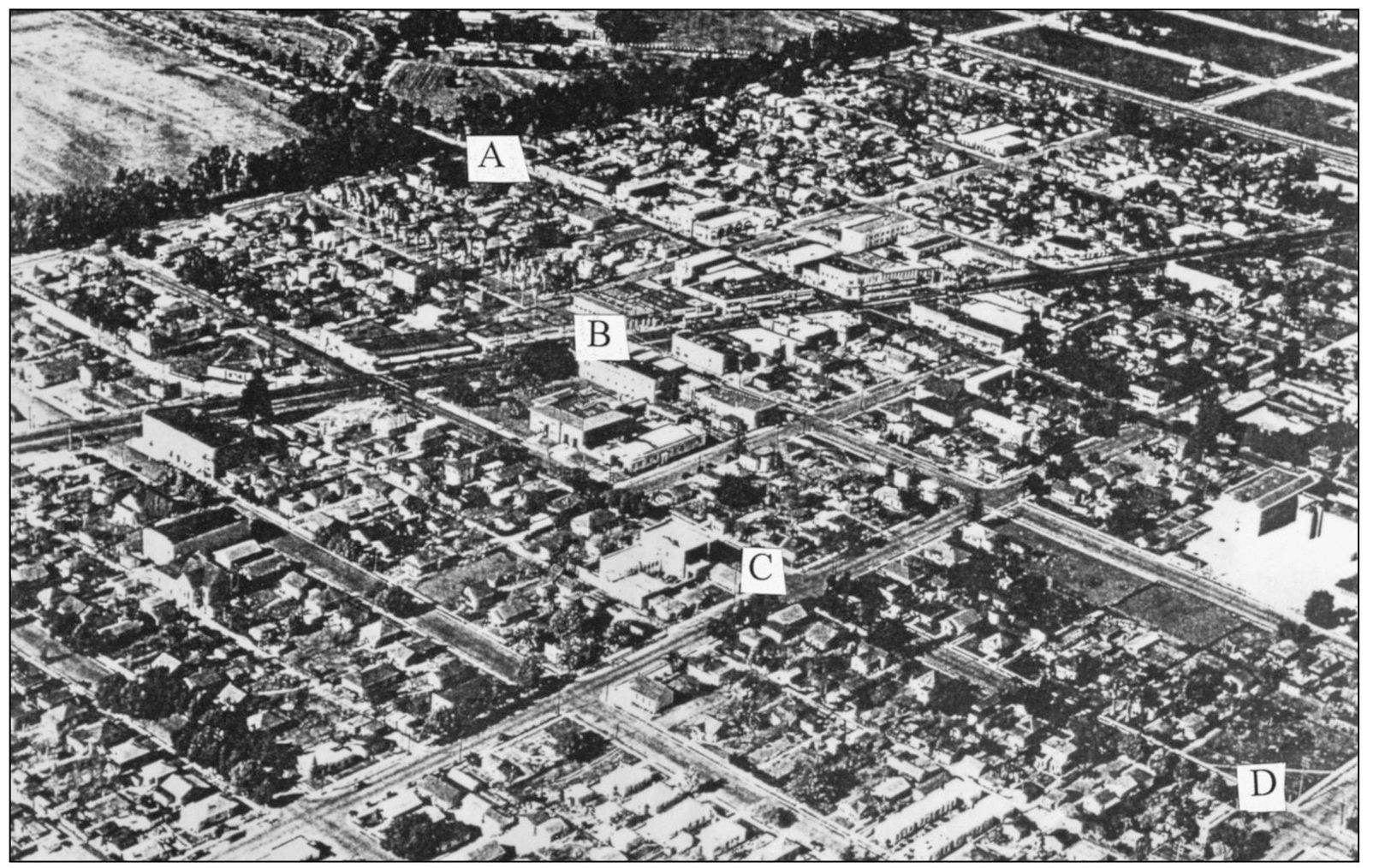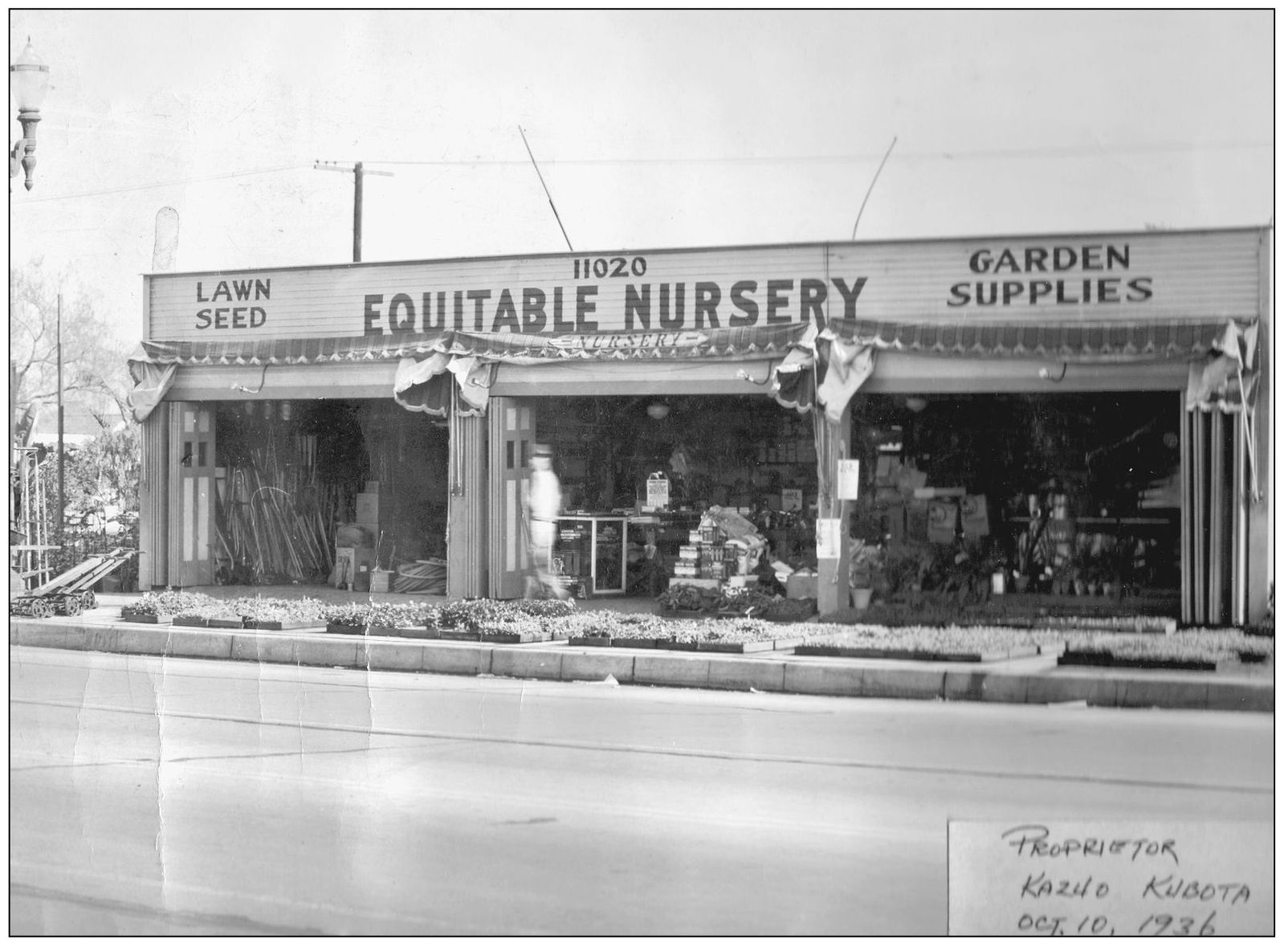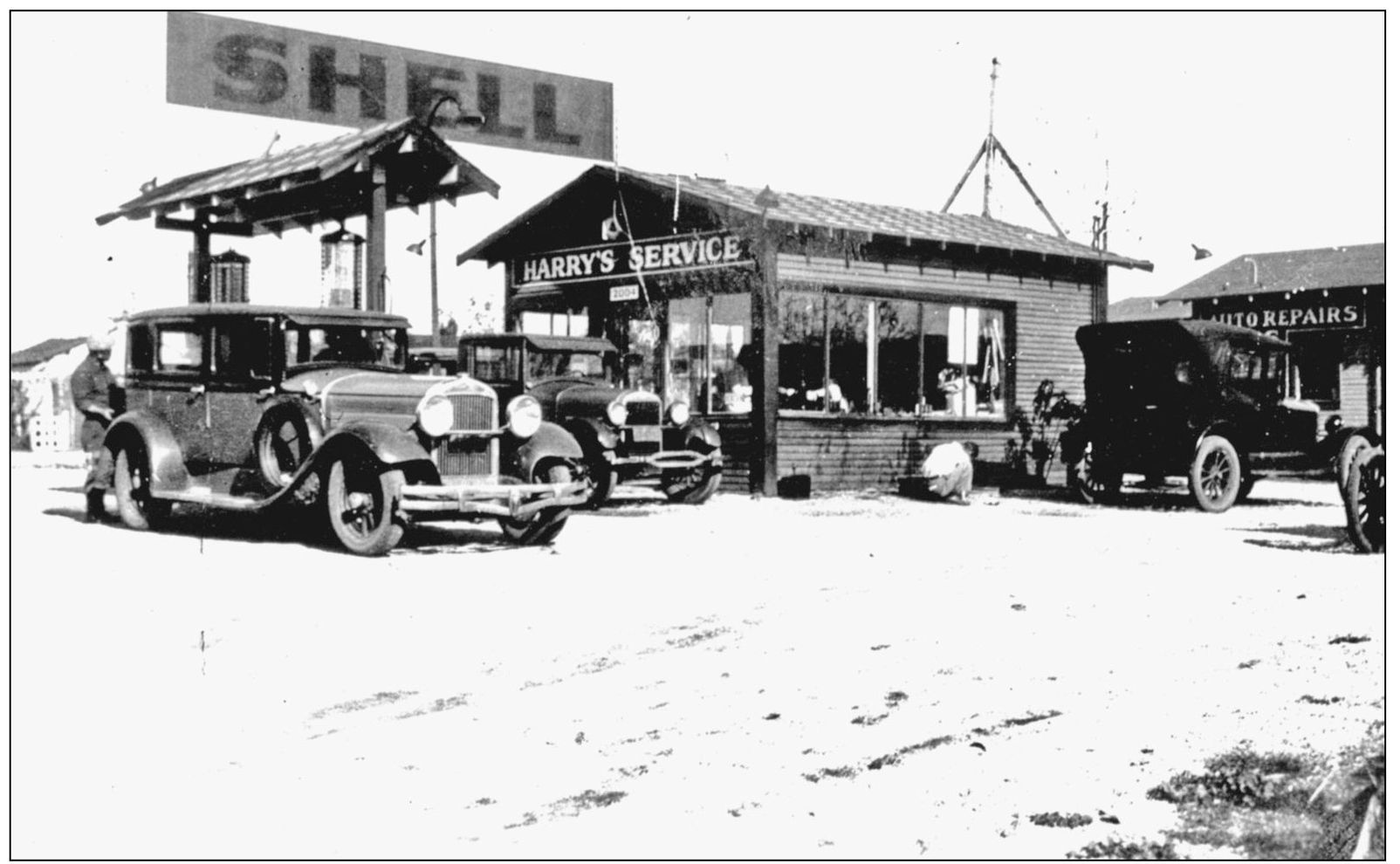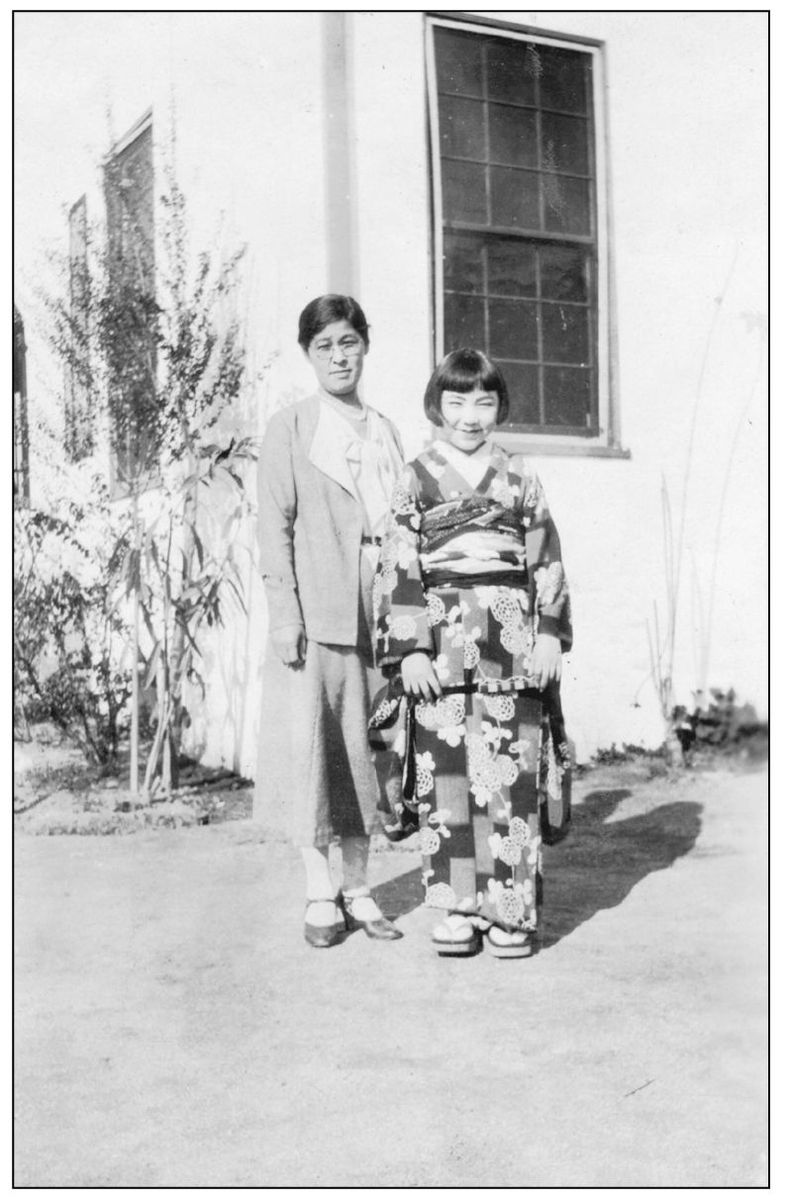One
THE ISSEI PERIOD PRE-1942
The Issei period from 1900 to 1942 featured a strong Japanese instinct for survival in a hostile environment where opportunities were limited.
Several years ago, in the research to write The Yoneda Story: A Search for Roots , it was clear to this author that the Issei had several hurdles to scale or bear in order to live, much less thrive, in an environment filled with discrimination.
Land ownership was denied. Property and residential rights were marginally available because of covenants and discriminatory practices. Job opportunities were limited to non-professional and noncivil service work, such as gardening, domestic work, or produce and farm labor. Miscegenation laws ruled. Issei used the picture bride ( shashin kekkon ) system to find a mate from Japan. Many tales have been shared about expectations and disappointments in finding marriage partners.
Why was Sawtelle an ideal place for Issei to live?
One story is that Sawtelle was an ideal residential area for Issei because they were denied access to the estate communities of Westwood, Bel Air, and Brentwood. The Issei worked in these areas but were barred from living in them. The opening of the University of California campus in Westwood created more homes requiring landscaping and gardening. Large employers, such as Armacost Nursery, had many Issei employees. But saving money was difficult. Many Issei had commitments to forward funds to Japan. A prevailing desire was to save money to return and live in Japan. Others wanted to send their children, the Nisei, for education in Japan.
Yet the Issei survived during this preWorld War II period by promoting the strong family values of education, community, and religion. Their community center, the Japanese Institute of Sawtelle (JIS), was incorporated in 1929 as a nonprofit corporation for events such as shibai (talent shows) , koenkai (lectures), shigin and minyo (singing), and katsudo shashin (motion pictures) .
Many Nisei have spoken about their stubborn Issei parents not wanting to learn English themselves but enrolling them in Sawtelle Gakuin, the Japanese language school. The students were required to spend an hour after public school instruction or a six-hour day on Saturday in class. Students were exposed to proper Japanese etiquette and procedure for bowing to show respect and greetings. Absenteeism in this closed community was virtually nonexistent.
On Sundays, JIS served for a short period as a venue for religious services. Within a short time, the Buddhists found their temple and Methodists established their church, which left JIS to serve the community.
This map shows Japantown in West Los Angeles. (Courtesy Jack Fujimoto.)
This 1933 aerial photograph shows Japantown in relation to major streets in Sawtelle. Pictured are (A) Sepulveda Boulevard, (B) Santa Monica Boulevard, (C) Sawtelle Boulevard and Sawtelle Boulevard School (later renamed Nora Sterry Elementary School), and (D) Japantown. (Courtesy Joe Nagano.)
This 1930 aerial photograph shows a section west of Sawtelles Japantown. Armacost Nursery was a large employer of the Issei. This image shows (E) Bundy Drive, (F) Armacost Nursery, (G) Stoner Park (where a swimming pool was available and used by Issei and their children), and (H) Japantown. (Courtesy Joe Nagano.)
This photograph shows the Kazuo Kubotaowned Equitable Nursery in 1936. This full-scale nursery sold plants, push mowers, and fertilizers. The nursery occupied a full block at 11020 Olympic Boulevard. (Courtesy Joe Nagano.)
In the 1930s, Harrys Shell Service Station was located at 2004 Sawtelle Boulevard in Japantown. The proprietor was Harry Koga. (Courtesy Tom Ikkanda.)
In pre-1942 Sawtelles Japantown, Japanese classical dance was highly entertaining. Iyo Nakata (left) is standing next to Miyoko Watanabe, a talented Japanese classical dancer who performed frequently in Sawtelles Japantown. (Courtesy Joe Nagano, Mary Sata, and Haruko Nakata.)


